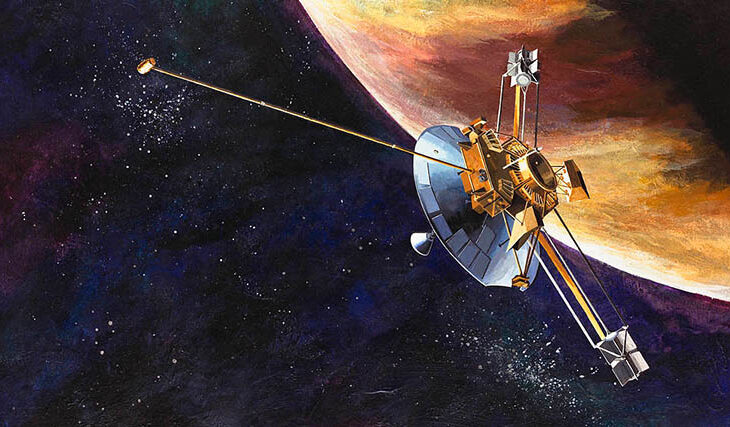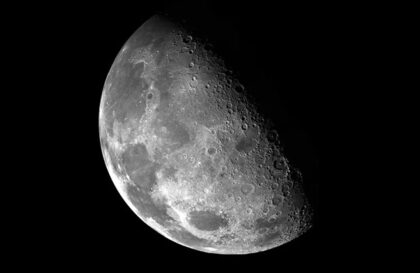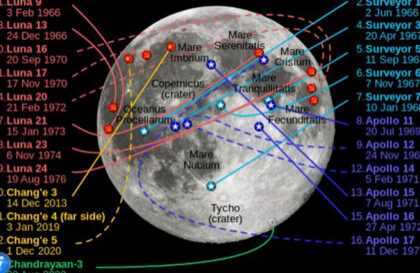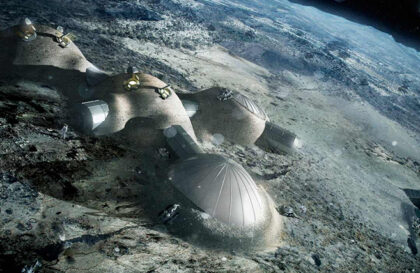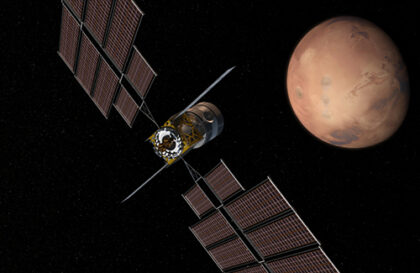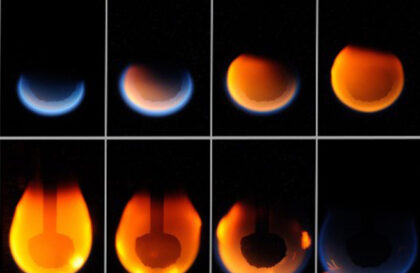Voyagers reached Jupiter in 1.5 years. The Galileo probe was launched ten years later and flew to Jupiter for six years.
Problems of the flight to Jupiter
One of the main challenges when flying to Jupiter is the enormous distance and time required to reach the planet. The distance between Jupiter and Earth varies from 588 to 967 million kilometers, depending on the position of the planets in their orbits. With today’s technology, a spacecraft traveling about 39,000 miles per hour, such as NASA’s Juno spacecraft, would take about 2.8 years to reach Jupiter. This long journey poses several challenges, including the need for the spacecraft to carry enough fuel and supplies to sustain the crew and equipment.
Because of the distance between Earth and Jupiter, communication delays can be 30 to 50 minutes one way. This delay can make it difficult to adjust the spacecraft’s trajectory in real time or react to unexpected events during the mission. In addition, navigating the spacecraft through the complex gravitational fields of the solar system and avoiding potential hazards such as asteroids or other debris requires precise calculations and advanced technology.
The effects of radiation and weightlessness on human health are also important considerations for any mission to Jupiter. Jupiter’s intense radiation belts can expose astronauts to high levels of radiation, which can increase the risk of cancer and other health problems. Additionally, prolonged exposure to weightlessness can cause muscle and bone loss, cardiovascular changes, and other physiological changes that can affect an astronaut’s health and well-being. Developing effective countermeasures to mitigate these effects is critical to the safety and success of any Jupiter mission. In general, a flight to Jupiter presents numerous challenges and obstacles that require advanced technology, precise calculations, and careful planning to overcome.
Different ways to travel to Jupiter
Traveling to Jupiter by plane is impossible due to the enormous distance between Earth and Jupiter. Even the fastest aircraft on Earth takes more than 1,000 years to reach Jupiter, making this method of travel impractical. However, if we were to design a plane that could travel at the speed of light, it would take about 43 minutes to reach Jupiter. However, the technology to create such an aircraft must be created.
The identical Voyager spacecraft. Credit: NASA/ JPL
NASA has sent several interplanetary probes to Jupiter, including the Voyager and New Horizons missions. Voyager 1 and 2 were launched in 1977 and flew past Jupiter in 1979, providing valuable data on the planet’s atmosphere, magnetic field, and moons. New Horizons, launched in 2006, flew past Jupiter in 2007 to receive a gravitational boost on its way to Pluto. These missions took several years to reach Jupiter, with Voyager 1 taking about two years and seven months and New Horizons taking about 13 months. The Parker Solar Probe, launched in 2018, is not intended to study Jupiter but to study the Sun. However, its journey to the Sun involves several close flybys of Venus, which could be used to target Jupiter in the future. If this were to happen, it would take the Parker Solar Probe about two years to reach Jupiter. However, this requires precise timing and calculations, as the positions of the planets in their orbits are constantly changing. In addition, the probe would have to withstand the harsh radiation and extreme temperatures near Jupiter, which present serious challenges for any potential mission.
The fastest way to Jupiter
When traveling to Jupiter, the timing of the launch window is critical in determining the fastest route. The launch window is when a spacecraft can be launched to take advantage of the most efficient trajectory. This is because the positions of Earth and Jupiter in their orbits around the Sun are constantly changing, and launching at the right time can significantly reduce the travel time. For example, NASA’s Juno spacecraft was launched in 2011 during a launch window that allowed it to reach Jupiter in five years. This highlights the importance of careful planning and timing regarding space travel.
This gravitational acceleration technique was first demonstrated during the Mariner 10 mission to Venus and Mercury in 1973-74.
The Mariner 10. Credit: NASA/ JPL
Gravity aids and slingshot maneuvers are another way to increase spacecraft speed and reduce travel time. These maneuvers involve using the gravity of a planet or satellite to accelerate the spacecraft, allowing it to gain speed without expending additional fuel. For example, NASA’s Galileo spacecraft used gravitational assistance from Venus to increase its speed and shorten its trip to Jupiter.
Potential advances in propulsion technology could also lead to faster travel times to Jupiter and other places in the solar system. For example, developing nuclear power plants could allow spacecraft to travel faster. NASA’s Prometheus project, which focused on developing nuclear propulsion technology, was terminated in 2005 due to budget constraints, but research in the field continues. Other potential advances include the use of ion thrusters and plasma thrusters, which could also increase travel speed. As technology advances, we’ll likely see faster and more efficient ways to travel through space.
Banner image: Pioneer 10 launched and traveled towards Jupiter. It was the first satellite to pass through an asteroid belt and also take close-up pictures of Jupiter, with its closest encounter within 81,000 miles of Jupiter’s cloud tops. Pioneer 10 was the first spacecraft to obtain detailed images of Jupiter and its moons. Credit: NASA
Image credit:
https://www.nasa.gov
https://voyager.jpl.nasa.gov
https://www.jpl.nasa.gov
